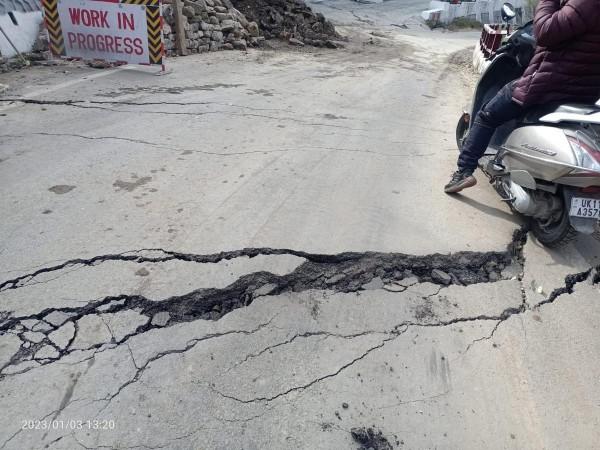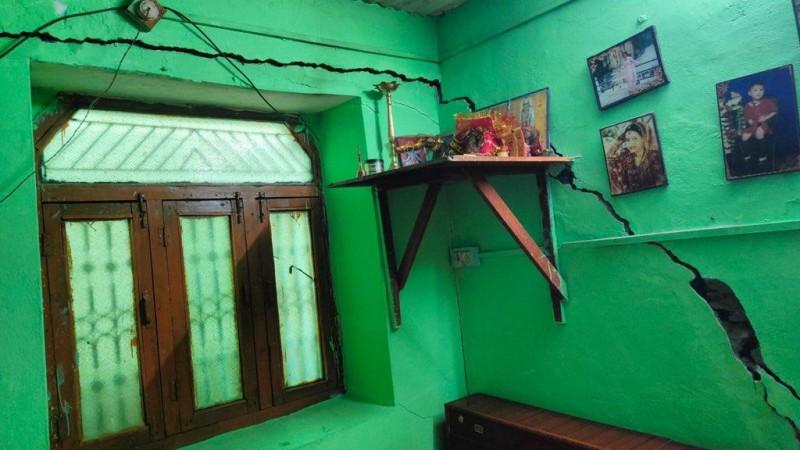Several houses in Uttarakhand's Joshimath are on the verge of collapse while nearly 500 buildings have developed cracks. Residents of the hill town have been protesting against the 'gradual sinking' since December 24 last year, according to reports. State Chief Minister Pushkar Singh Dhami held a high-level meeting to review the situation and has ordered immediate evacuation of 600 families from the region.

What is happening in Joshimath?
A survey by the city's municipality has revealed that cracks have appeared in 561 houses, hotels and shops over a year. Seventy-seven families have left their homes and shifted to safer places. The affected residents called for a bandh on January 5, chanted slogans and staged a chakka jam in an effort to attract the administration's attention towards the issue.
In view of this, the National Thermal Power Corporation (NTPC) has halted its Tapovan-Vishnugarh hydropower project. The Marwadi-Helang bypass motor road has also been shut till further orders. Along with this, the Joshimath-Auli ropeway has been closed citing security reasons. A ban has also been imposed on the construction work being carried out in the city areas.

The CM Dhami has officials to set up a large temporary rehabilitation centre at a safe place with immediate effect where the people of Joshimath can be shifted. He has also asked officials to find a safe place for permanent rehabilitation at other places including Pipalkoti and Gauchar.
But, why did the cracks appear?
According to experts, the structural damage to the buildings is due to land 'sinking' or land subsidence. Joshimath is situated on an ancient landslide site and several hydroelectric projects along with the expansion of some highways over a period of time has led to the current situation.
"The three principal factors are Joshimath's vulnerable foundations as it was developed on the debris of a landslide triggered by an earthquake more than a century ago, its location in seismic zone V which is more prone to earthquakes besides gradual weathering and water percolation which reduce the cohesive strength of the rocks over time," Kalachand Sain, the director of the Wadia Institute of Himalayan Geology, was quoted as saying by news agency PTI.
"Atkins had first written about Joshimath's location on landslide debris in the Himalayan Gazetteer in 1886. Even the Mishra Committee in its report in 1976 had written about its location on an old subsidence zone," he added.
Sain stated that the situation might have worsened due to the going down of the Himalayan rivers and heavy rainfall. Further, haphazard construction activities without taking into consideration the coping capabilities of the area might have added to it.
"Hotels and restaurants have mushroomed everywhere. The pressure of population and the size of the crowd of tourists has also increased manifold," he said.

















